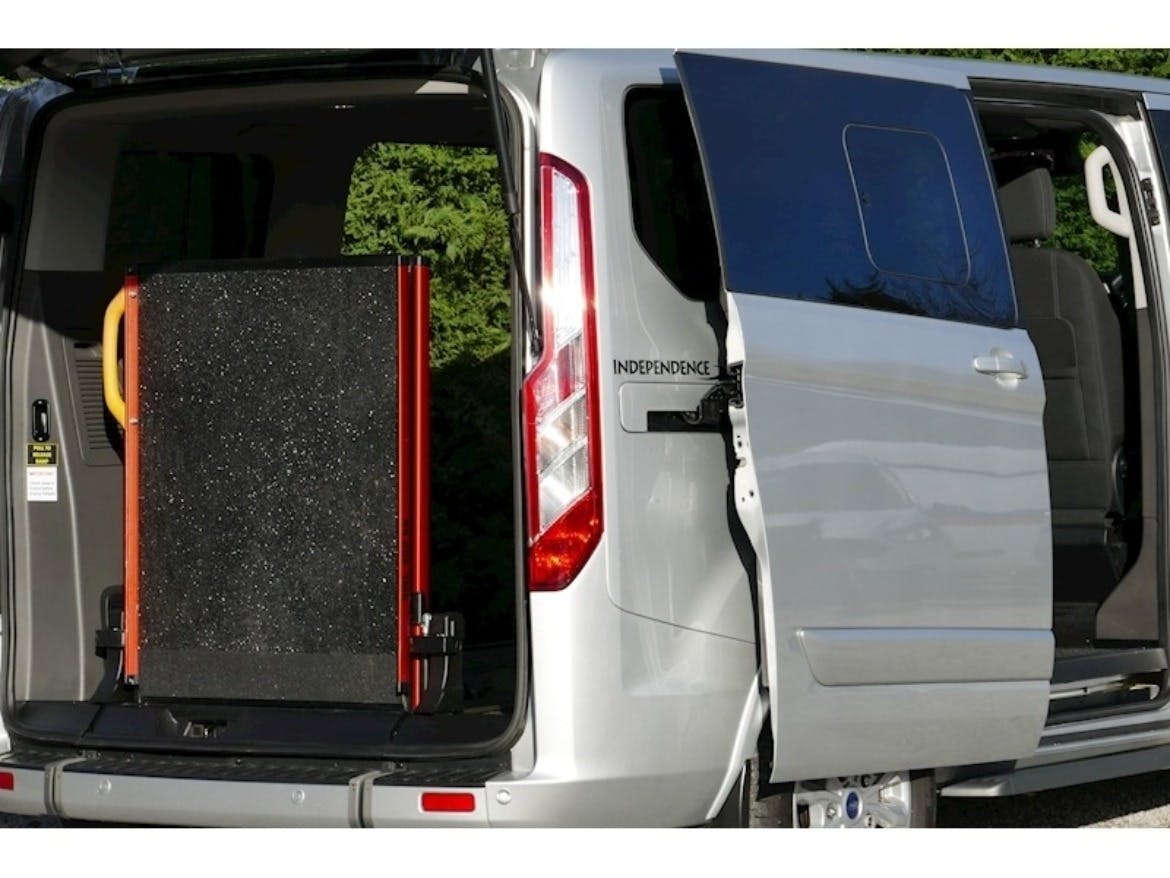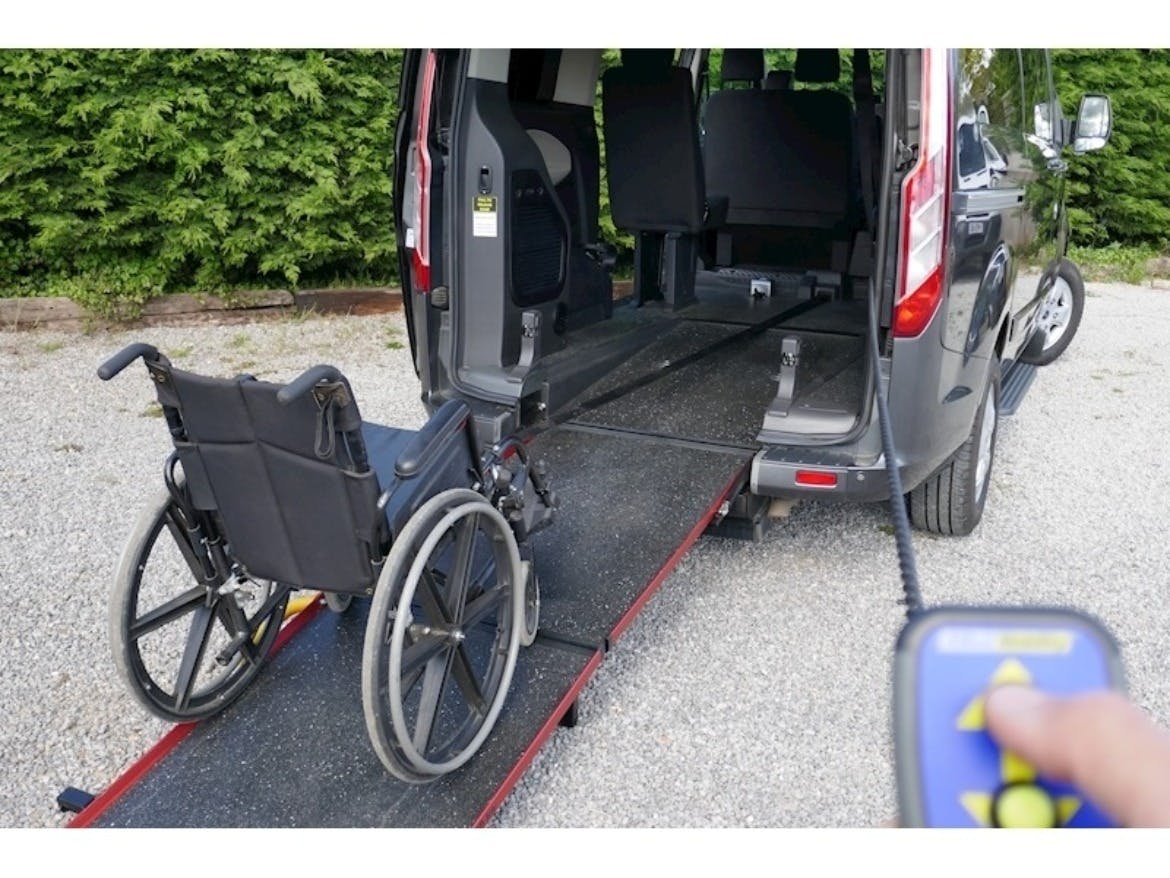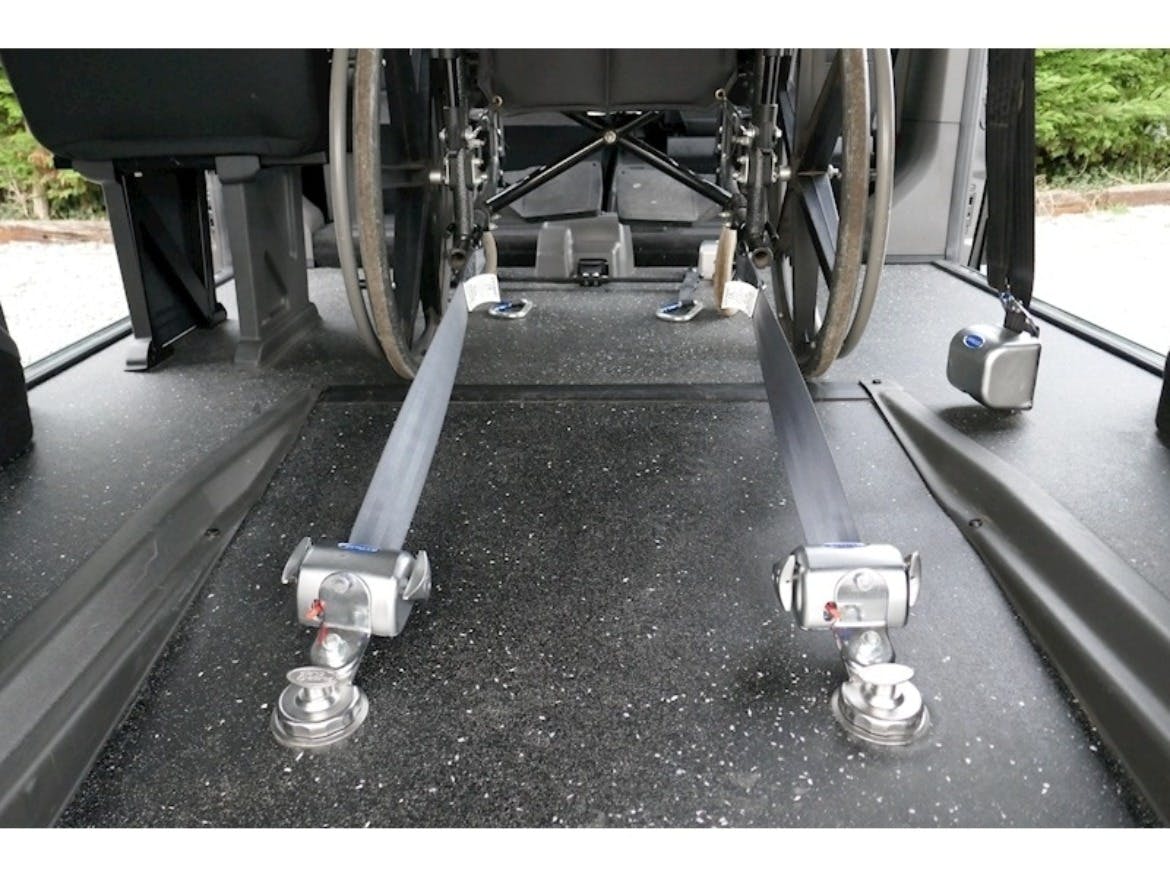The Best Second-Hand Wheelchair Accessible Vehicles (WAVs)
Choosing a second-hand Wheelchair Accessible Vehicle (WAV) is a big decision. There are many impo...
There are many ways that Wheelchair Accessible Vehicles (WAVs) can be adapted to make the life of disabled passengers and drivers easier. These include a wide range of smart adaptations to make it easier for you to get in and out of the WAV safely while seated in your wheelchair - including remote controlled tailgates, powered ramps, motorised winches and lifts - plus an array of driving adaptations for people who have chosen a Drive From WAV.
Standard features on WAVs include an access ramp, special wheelchair restraints, wheelchair occupant seat belts and often a lowered floor to help with access.
You will be able to select the additional features, options and adaptations you need when you place your order. WAV converters all offer an adaptations service, so your WAV can be specifically adapted and tailored to your exact requirements.
If you want a WAV that you can drive while seated in your wheelchair, special driving adaptations can be fitted that consider elements such as your dexterity, strength and reach.
Every WAV is manufactured to the highest possible standard to ensure that you can get in and out with ease, that your wheelchair is safe and secure, and that you feel comfortable at all times while travelling in the vehicle.
Access & Safety - Think about the type of ramp you want (manual or automatic), and if you'll need to specify an automatic tailgate for the rear of your WAV. Many people choose a power assisted wheelchair restraint system, which combines the functions of an electric winch together with a remote control and a secure wheelchair restraint system to make accessing and disembarking the WAV simpler and much safer, with no risk of roll-back on the ramp. If you are driving an upfront WAV from your wheelchair, an automated system is essential for independence.
Seating Options - Many WAV suppliers offer a range of seating solutions so you can increase or decrease the seating options in the vehicle, which includes folding and fully-removable seats. Motorized seats can also be fitted to help a passenger or driver get in and out of the vehicle.
Driving Adaptations - These include push-pull hand controls (a very common driving adaptation), pedal and handbrake modifications, electronic accelerators, enhanced power assisted steering and clutch systems.
Steering Adaptations - These include infrared controls, steering aids (such as a steering ball or peg), wireless controls and reversing camera / monitor systems.
Bear in mind that many additional adaptations will increase the overall cost of the vehicle, especially if your WAV is not leased through Motability (many of the additional adaptations fitted through the Motability Scheme are subsidised).



Choosing a second-hand Wheelchair Accessible Vehicle (WAV) is a big decision. There are many impo...
Whether your mobility scooter is Class 2 or Class 3, it gives you freedom. We won’t be the first ...
Choosing a Wheelchair Accessible Vehicle is a big decision, and the right one for you will depend...
It sounds pretty strange when you say it now, but back in the 1940’s the National Health Service ...
Upcoming regulations that will change how vehicles are made are set to cause huge disruption to m...
The Motability Scheme is a great way to enjoy the use of a car or a Wheelchair Accessible Vehicle...
Motability have updated their new car and Wheelchair Accessible Vehicle (WAV) Advance Payment pri...
If you've started shopping for a new Motability Scheme car and want to know which new models coul...